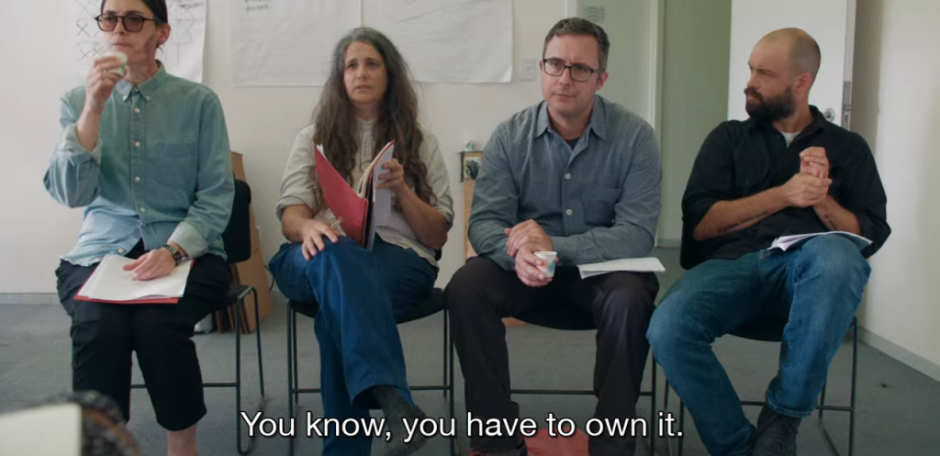Teaching context
As a 0.8 on the Chelsea BA FA, I do formative assessments, and I am First marker for the 31 students in my tutor group practice work and Second marker for their writing. I’m also Third or Fourth marker when tutor group leaders and writing tutors can’t agree, as well as our regular parity, which ensures at least three people mark every student.
I’m also involved in the revalidation of our course, proposing substantial changes to our assessments.
Evaluation
UAL is imposing a new unit structure in Year 3 that will considerably increase our assessment points. This does not respond to feedback from students or staff but ensures the same structure is followed across colleges, making it easier for students to remain at UAL if they decide to change courses. We will now have a substantial assessment point before the winter break instead of mid-February, which is creating a problem for our dissertation submission. We have decided that we will assess the draft of their dissertation, an annotated bibliography, and Thought and Action (an event/exhibition that explores risk-taking) at that point, and that will be 40% of their final grade.
Implications and Actions
Although we currently expect them to submit a draft and a bibliography at that point, as well as Thought and Action, it is clear that this is not possible for 10 to 30 % of students in each tutor group. Many students still don’t have drafts at this point of the year (I’m writing this on 10th Jan), and every day, we get applications for Extenuating Circumstances relating to anxiety and mental health issues. We have limited that unit to three learning outcomes to ease the pressure. We won’t be assessing for communication and realisation.
Next Steps
We have decided to postpone the Year 3 new revalidation units for an extra year so that we can work with Years 1 and 2 to prepare students to write drafts. Last year, I was unit leader of the last unit of Year 2, which focuses on writing and preparation for the dissertation. For the first time, I focused on drafting and the expectation of students submitting a draft for the second (and final) writing tutorial. This focus seems to have had an impact. Last year, less than half of the students wrote drafts by this time of the year and now, about three-thirds. We need to develop structures of writing that reinforce “dwelling” practices (Hughes, 2014; cited in Orr and Shreeve, 2017), that allow the students to move away for fast experimental projects and learn to stay with something for a while before they transition to year 3. In preparation, we are also testing different support session models this year. For example, we run sessions after our year meetings in which students project and read some of their writing to get feedback from each other. It is still very unbalanced in terms of who presents and who listens, but some students who suffer from anxiety and haven’t been able to write drafts have joined and seemed to be very present in seeing different examples and stages of the work of their colleagues. This form recognises other forms of engagement and embraces the potential of introverted aware pedagogies. (Harris, 2022)
References
Harris, K. (2022) ‘Embracing the silence: introverted learning and the online classroom’, Spark: UAL Creative Teaching and Learning Journal, 5(1), pp. 101–104.
Hughes, D. (2014) ‘Dwelling as an approach to creative pedagogy’, Art, Design & Communication in Higher Education, 13(1), pp. 73–85. Available at: https://doi.org/10.1386/adch.13.1.73_1.
Orr, S. and Shreeve, A. (2017) ‘Teaching practices for creative practitioners’, in Art and design pedagogy in higher education: Knowledge, values and ambiguity in the creative curriculum. Milton: Taylor and Francis Group (Routledge Research in Higher Education Ser), pp. 88–106. Available at: https://ebookcentral.proquest.com/lib/ual/detail.action?docID=4941429 (Accessed: 3 January 2025).
